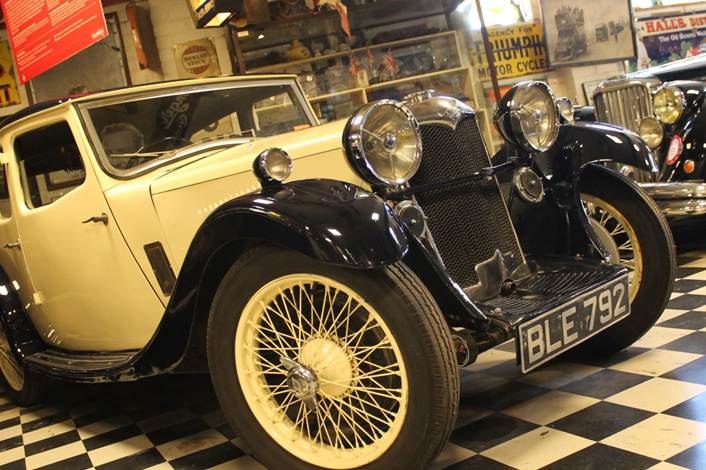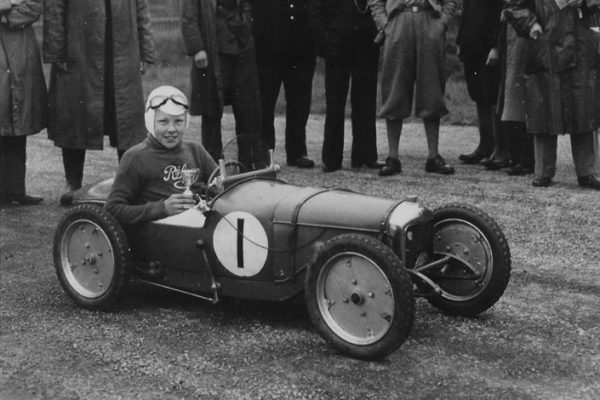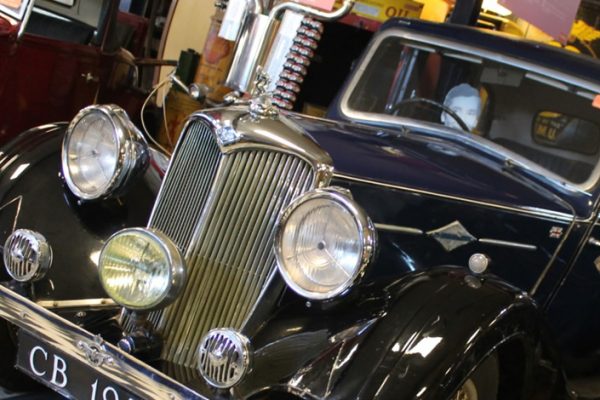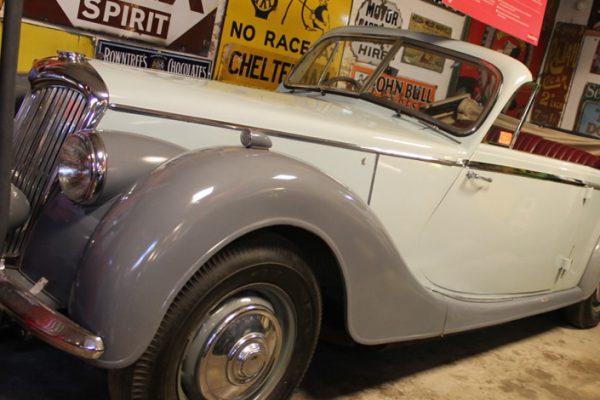1935
The Riley family were engineers, building and operating weaving machinery in Coventry. In 1890 they bought the Bonnick Cycle Company which they transformed into the Riley Cycle Company in 1896. They also built their first car that year but it did not go on sale. They gradually worked up to four wheels, first with motor tricycles in 1900, then tricars in 1903 and finally a four-wheeled Riley in 1904. At the heart of Riley’s success was the brilliance of engine designer Percy Riley. Between 1926 and 1938 he developed several families of engines, all of which shared an identical layout. The six-cylinder engine was a small-bore Riley unit, which meant that the engine size was just 1458cc but it was capable of 73mph. The Kestrel’s most distinctive feature was its beautiful bodywork. However this ‘fastback’ style, with the dramatically sloping rear end, didn’t catch on for another 20 years.
View Riley collection »




